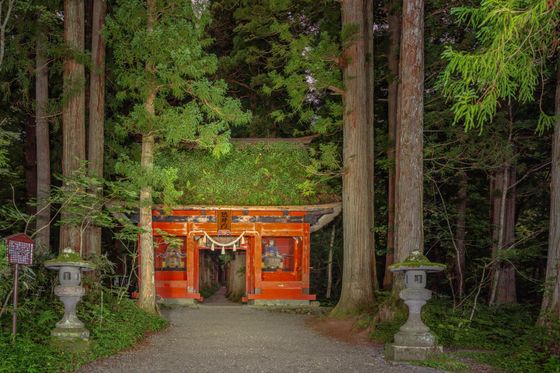
Where to Put Your Chopsticks: Practical Tips on Japanese Etiquette
Being respectful of local customs is an important part of being a responsible traveler in any destination. But when it comes to manners and etiquette, one location stands out from the rest—Japan.
And as tourism in Japan continues to grow, making a concerted effort to help preserve the culture is becoming even more important. No one really wants to be that rude traveler or feel like they accidentally offended someone—so this is a quick run-through of some customs to help prepare you for a trip to Japan.

Shrines and temples: A lot of Japan’s biggest attractions are also some of its most sacred places. Keep that in mind when you’re visiting them. Remove hats and sunglasses and bow at the gate when you enter. If you’re taking a photo under one of those red Torii gates, make sure you’re not getting in the way of people trying to pass through. Try not to be too loud, even in outdoor spaces, as people may be trying to pray. It’s also best not to touch anything, including leaning against walls or pillars. A lot of these structures are very old and delicate, and you just don’t know if you could end up breaking something.
Photography: Be careful where you’re pointing your camera. Always ask for permission before taking photos of people, and avoid taking photos of geishas. Tourists obsessively trying to take photos of geishas in Kyoto got so out hand that certain districts have imposed fines for people caught doing so. Also, be mindful of places you’re photographing. Even if you’re allowed to take pictures in one section of a museum or shrine, you may not be allowed to take pictures everywhere. Those spaces will almost always be marked, but signs can be hard to see if they’re small or the area is crowded, so look closely.
Tipping: Not only is tipping for any kind of service in Japan not the norm, but doing so can actually be considered offensive. Instead, a bow and an “arigato” goes a long way.

Dining: If you’re having a meal where you’re putting your own food onto your plate, err on the side of caution and only take as much as you’ll eat. In most cases, you’ll be able to get more, and it’s considered impolite not to finish all the food on your plate. If food is put on your plate for you, do your best to finish as much as you can. Ideally, you’ll finish it. But if you can’t, don’t worry about it too much, there won’t be any over-the-top reactions from your host.
Otoshi: If you go to an izakaya, you may find yourself being served a small dish, like a pickled salad or miso soup that you didn’t order. These are known as otoshi, which most closely translates to a table charge. They typically only cost a few dollars per person and will be added onto the bill. This in not a scam designed for tourists, it’s part of the culture. You don’t get to choose what it is—and though in theory you can refuse it, doing so is pretty unheard of. No one will get offended if you don’t eat it, but you will be charged for it either way.
Chopsticks: If you’re putting down your chopsticks, don’t leave them sticking up out of the bowl you’re eating from. This is considered bad luck as it resembles incense used at funerals. Use a chopstick rest if one is provided or lay them across the top of your bowl.

Onsen: Can you use an onsen if you have tattoos? Tattoos aren’t a problem, and you don’t have to cover them at most private onsens—like ones at hotels. While there are some tattoo-friendly public onsens, many aren’t, and you may have to purchase some waterproof bandages in advance to cover them up.
Public transportation: You’ve probably heard stories about how crowded Tokyo’s public transportation can be. So being polite amongst the people you’re crammed up against is all the more important. People don’t tend to talk much (read: at all) on public transit in Japan, and if they do, they definitely aren’t loud. It’s best to follow suit if you don’t want to disrupt those around you who are just trying to go about their day. And if you have a backpack, hold it in front of you. Not only does this help prevent pickpocketing, but it also ensures you aren’t accidentally whacking someone with it any time you turn.
Trash: The legends are true: Trash cans are a rare sight in Japan, and littering is just as (or more) frowned upon as anywhere else. Keep this in mind as you shop, because if you pick up a snack from 7-Eleven, you might be stuck with the wrapper until you get back to your hotel where you can toss it.
Lines: Especially in the busier cities, you’re bound to encounter plenty of lines for shops, restaurants, and attractions. Cutting a line is considered rude pretty much anywhere in the world, but it’s really frowned upon in Japan. If someone comes to join you in line, it’s considered polite for the two of you to then move to the back of the line.
If you want to learn more about etiquette for travelers in Japan, the Japanese government has put together some quirky (think selfie-stick-katanas) videos that help you be “really cool” on your trip.


































